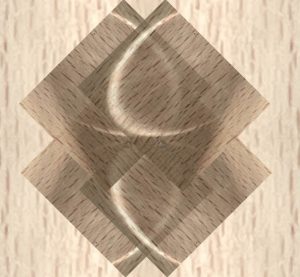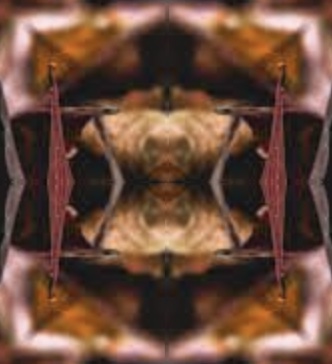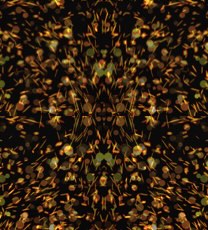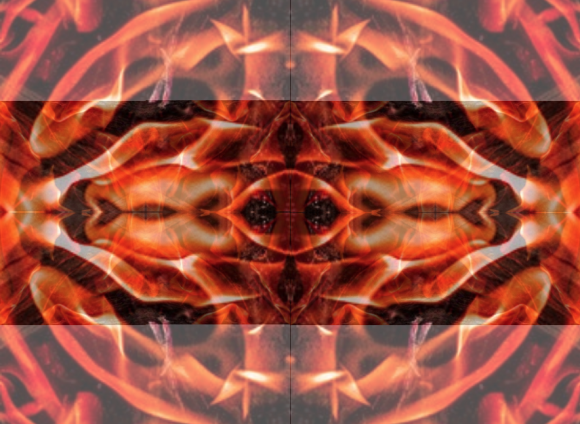When Hillman talks about revisioning psychology, he certainly means “psychology” in the broader sense of the term, in which it could equally be called an “ontology of the soul” (the meaning of psychology Hillman ascribes to Jung at MA 12). And this is quite consistent with his argument (again following Jung very closely) that “psyche” is entirely based on fantasy images, and that only those are ultimately real (RVP xvii). Seen that way, any logos of the soul must be based on an account of reality itself in terms of images as its prime constituents, that is, on a metaphysical theory.
Now the way Hillman wants to “revision” psychology is built around four psychological “ideas” (where ideas, true to his philosophy, are a special kind of image; compare RVP and MA on the notion of ideas). One of those four is personifying — which is a continuous activity Hillman ascribes to the soul: the soul constantly personifies. This notion is akin to the idea that the world is animated (anima is a synonym for the soul, even though Hillman also frequently uses the more special sense Jung had developed), that there is a “world soul”, that reality is enchanted and appears to us in ever-fluctuating images which all bear faces, ranging from the familiar to the strange. Hillman’s sustained effort to bring a perspective of “soul” back to psychology (and philosophy) is at the same time a project of re-learning to see the personified imagery in which soul appears throughout our experience — “revisioning”, in a word, “psychology” in terms of personifying.

But I think that Hillman has it all wrong, as far as personifying is concerned. The underworld, the realm of shadows (which is a metaphorical way of referring to the psychological in our experience) is not that which appears personified (or animated) in our reality: it is what is behind those masks (personae). What Hillman calls “soul” is Maya, the veil before our eyes. But what truly makes up the world is not psyche with its deceptive personified imagery — not the mask but the “numen which resides in its hollow” (DU 61). The depths of the shadow world which Hillman began to explore in The Dream and the Underworld are not images: they are precisely what is invisible because we can only see the images. And meaning in life does not come from an adverse stance against the dayworld ego, the hero on his journey, the literalist perspective, or any of the other enemy images Hillman wants to fight and depotentiate in the service of “soul”, the mask of the collective persona, in its myriad personified appearances. This is a romanticist affect, just re-iterating the anti-Enlightenment, anti-intellectual, and anti-rationalist tendencies of that movement once more. And just as those earlier romantics, too, Hillman is unable to see that worship of anima, psyche, soul, and collective persona won’t get him closer but actually further away from the depths of the underworld — and that his romanticism has that actually in common with the literalistic and positivistic perspective against which he puts it in opposition. To get entranced by personified imagery is to fall for the illusions of Maya just as totally as getting pinned down by the senses.
Thus in order to free Hillman’s insight from the erroneous enslavement by the soul (anima, persona), we need to understand that the latter is a strategy, designed to re-establish the veil once the first (literal) point of view no longer can achieve it, because we have realized the personal shadow. We have learned from Jung that this realization of the shadow is the first step on the path, and that it typically will draw out the anima. But Jung was somewhat more suspicious of the anima, whereas Hillman made her the new queen, putting her as the center of psychology and, since that was understood as a metaphysical theory, thus at the center of reality. Hillman’s psychology of soul is a form of possession by the anima, the trap into which we fall after we have seen through the veil for the first time and realized the shadow.



